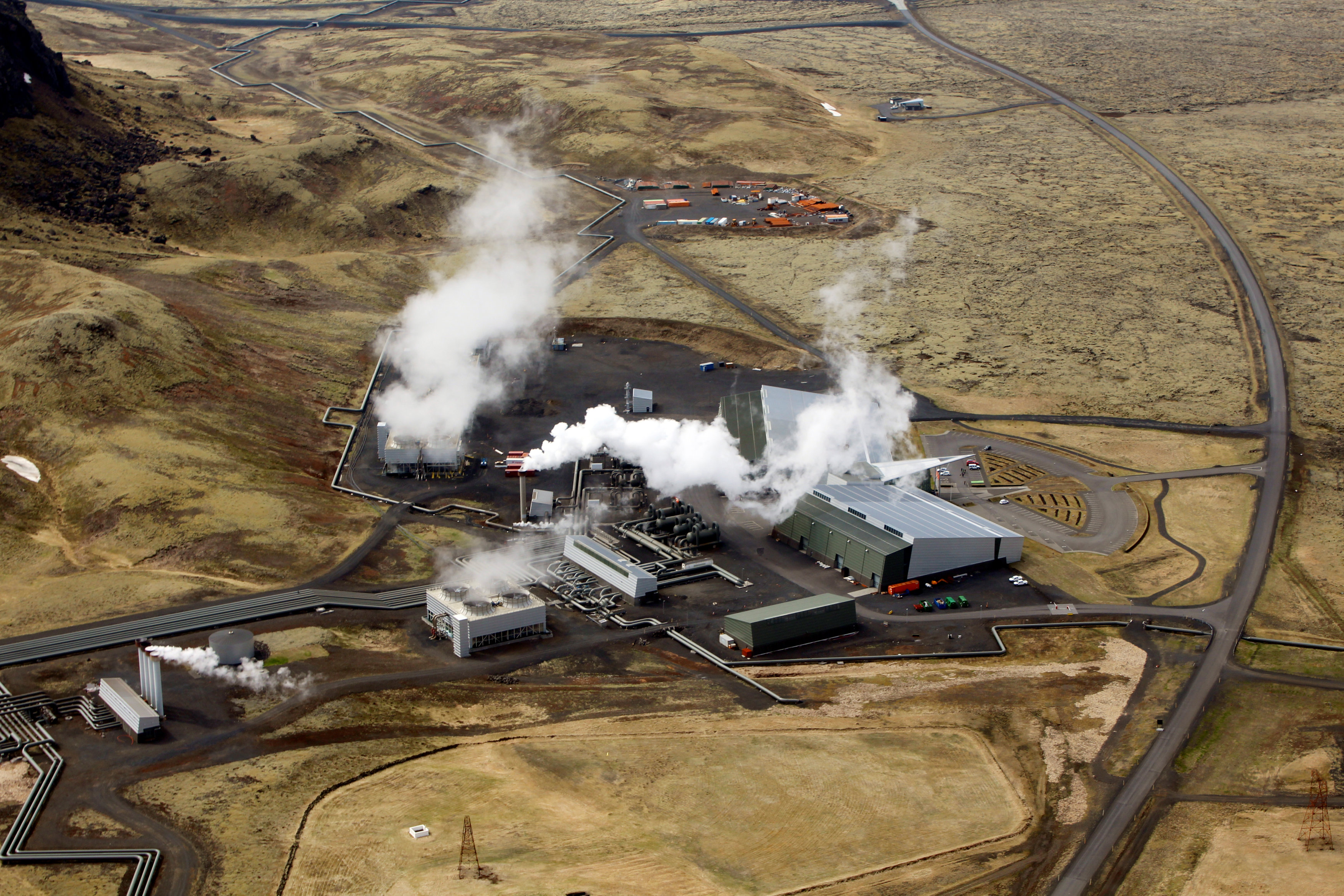Some of geothermal energy’s potential remains untapped

Alexander Richter says that there’s plenty of opportunity to make better use of geothermal energy.
Richter, who is president of the International Geothermal Association and the founder and editor of the news website ThinkGeoEnergy.com, previously worked on the geothermal team of Glitnir Bank/Íslandsbanki.
He points out that geothermal technology can be used for both heating and cooling and that it isn’t necessary to live next door to a volcano to be able to benefit from the heating and cooling properties of the earth.
“Authorities in China have, for instance, recently started work on an ambitious new plan to use geothermal energy for heating, to replace the use of coal,” he says. “In Poland projects are underway to use geothermal energy for heat, and the Swedes have — among others — accomplished a great deal in using geothermal technology to cool their houses in summer, and warm them up in winter.”
It might surprise some Icelanders to learn that geothermal energy can be used for cooling, as the Icelandic word for geothermal energy, “jarðhiti” (literally “earth-heat”) refers to heating rather than to cooling. Richter says the earth can be used both to cool and heat, as they do in Sweden when they pump water into the cool ground in summer time: “During the warm months the temperature in the ground is lower than on the surface. The water gets cooler as it’s pumped underground, and is then brought back to the surface where it absorbs the heat in people’s homes. In winter the process can be reversed, with hot water from the summer months stored underground to be pumped to the surface for heating.”
Could heat or cool anywhere
Richter adds that Iceland has ideal conditions for generating electricity with geothermal energy, but such conditions cannot be found everywhere. It would, however, be possible to use geothermal technology for heating and cooling essentially everywhere in the world. There‘s a lot to gain from using the heating and cooling potential of the earth, as a large part of energy demand today is now for heating and cooling houses. “In the European Union it is estimated that around 44 percent of all energy production is used for heating and cooling.”
Educated as a lawyer, Richter founded ThinkGeoEnergy in 2009 “to meet the need for a news site dedicated to geothermal energy. This sector gets very little coverage in the media, and the discussion about renewable energy is dominated by wind and solar,” says Richter, who has editors working in Chile and Turkey to manage the Spanish and Turkish language versions of the website.
Doubling the output
At the Branding Energy conference Alexander hopes to bring attention to the importance of strengthening the image of geothermal energy and the need to make the public better aware of the potential uses of geothermal technology.
“Although not all countries can use geothermal energy for electricity production, as is done in Iceland, the use of geothermal energy plays a large role in the energy production of a many countries, particularly in Central America, Africa and Southeast Asia.,” he says. “Geothermal energy will probably always constitute only a small fraction of the world’s energy production, but in the countries where geothermal energy is used it can make a substantial difference. Projects already under way should be able to double the production of energy using geothermal energy, and this energy source is still far from being fully utilised, particularly when it comes to cooling and heating.”
Alexander agrees that geothermal energy faces challenges but adds that there are ways to minimize or eliminate the negative side effects of harnessing the power of the earth. People living around geothermal drill sites may sometimes notice small earthquakes and there’s been some debate about emissions of CO2 and other undesirable chemicals from geothermal energy sites.
“We’ve seen huge progress towards minimizing emissions and in Iceland successful attempts have been made to either pump the CO2 back underground where it binds with earth minerals, or use it for the production of methanol. This is a problem that now seems to have been solved, even creating a new business.”